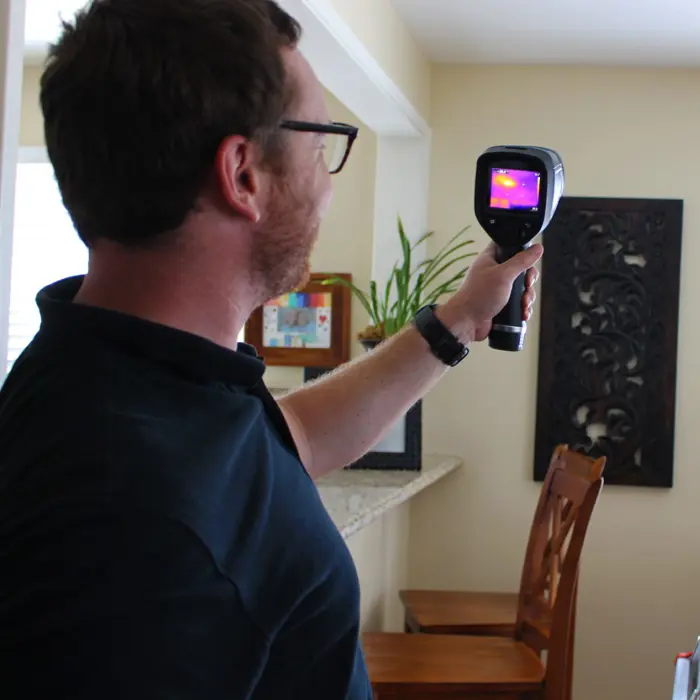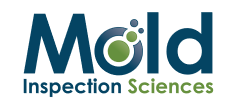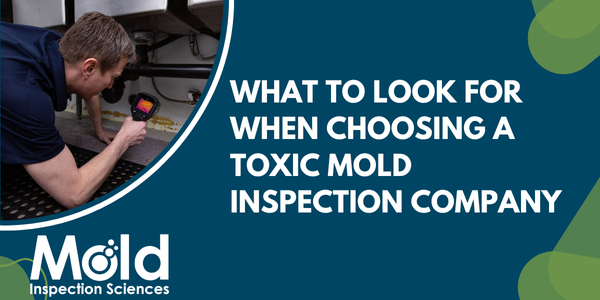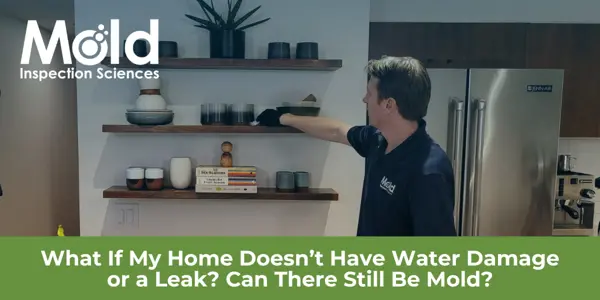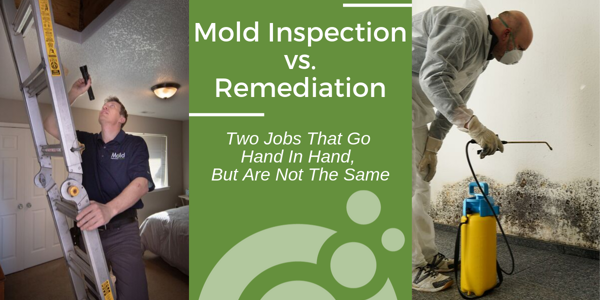The Connection Between Mold and Pest Infestations: How They Often Coexist
Let’s shed some light on why mold and pests go hand in hand and how to address both.
Mold and pests are two of a homeowner’s worst nightmares. While you might view them as separate problems, they often coincide. Not only are they caused by many of the same factors, but one can make the other one worse.
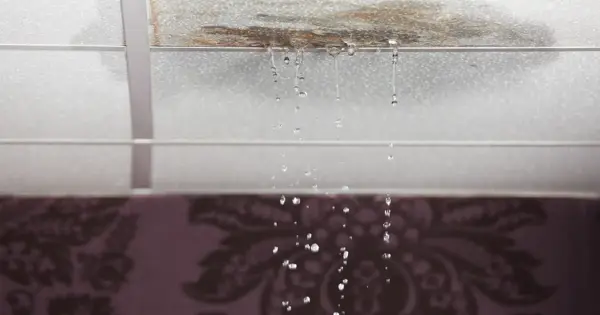
What Attracts Mold and Pests?
Both of these nuisances require two main things: moisture and food.
Moisture is likely no surprise, especially for mold. Basements, bathrooms, kitchens, and crawl spaces are common places for mold growth because they’re damp and humid. Insects also appreciate something to drink, which is why it’s common to find cockroaches in your bathroom or kitchen. Leaky pipes increase your chances of mold and pest infestation, but so do environmental factors and your location –– if your climate has higher humidity, you have a higher chance of mold growth.
The food source largely depends on what type of mold and pest you’re dealing with. Mold consumes whatever it grows on, including wood, paper, dust, and leftovers1. Insect pests probably eat more things than you’d expect, too. While human food is an attractive treat for insects like cockroaches, so is paper for booklice, dust for dust mites, and wood for termites. As you can see, if mold likes a food source, then pests likely do, too.
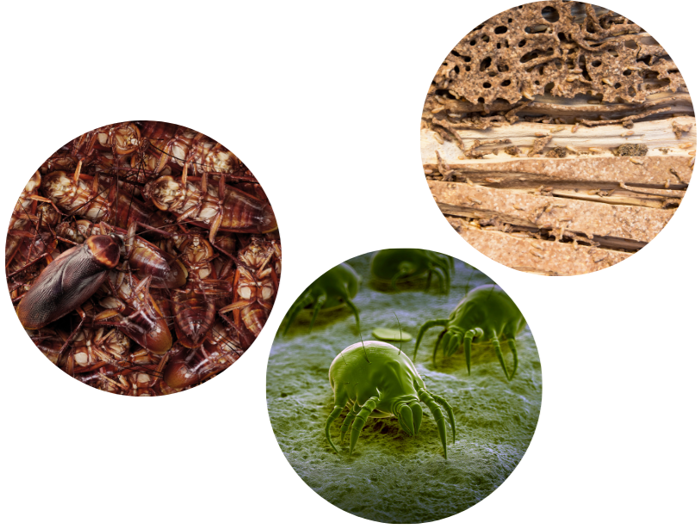
Where to Look and What Questions to Ask
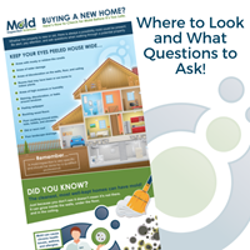
Download our infographic Buying a New Home? Here’s How to Check for Mold Before It’s Too Late to help you understand where to look and what questions to ask when doing a property walk through.
How Mold and Pests Coexist
Not only are they attracted to the same things, but mold and pests can help each other out. Many pests, like fungus beetles, psocids (a.k.a. booklice or barklice), grocer’s itch mites, fungus moths, meal moths, and springtails, eat mold2.
Even pests that don’t feed on mold directly appreciate the environment it creates. For example, mold breaks down various foods that pests also enjoy, such as wood. Mold produces microbial volatile organic compounds (MVOC), which attract many pests. For them, it’s like walking down the street and smelling delicious food; it’s a blaring signal that there’s a place to eat nearby.
Protect Your Investment
Your best protection from buying someone else’s mold problem is to have a Certified Mold Inspection performed. Find out why it’s important to have a mold inspection performed in addition to the general home inspection.
How To Solve Mold and Pest Issues
The best way to tackle both problems is to address the root causes. Repair leaks or plumbing problems, seal any entry points, and keep up with regular cleaning. Without moisture and food, pests will move to greener (or grosser) pastures. If not, you can hire a pest control company to handle the stragglers.
Eliminating moisture and humidity issues will help prevent mold problems. However, it won’t make the existing mold disappear. It’s not enough to clean off visible mold. You’ll need to contact a mold inspection company to discover the extent of the problem.
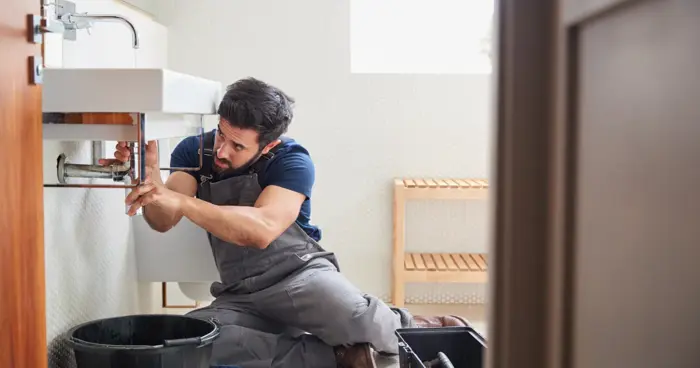
Make sure you hire separate companies for inspection and remediation to avoid conflicts of interest. Mold Inspection Sciences will combine moisture detection equipment, infrared technology, and tailored sampling to assess the problem and determine the next steps.
